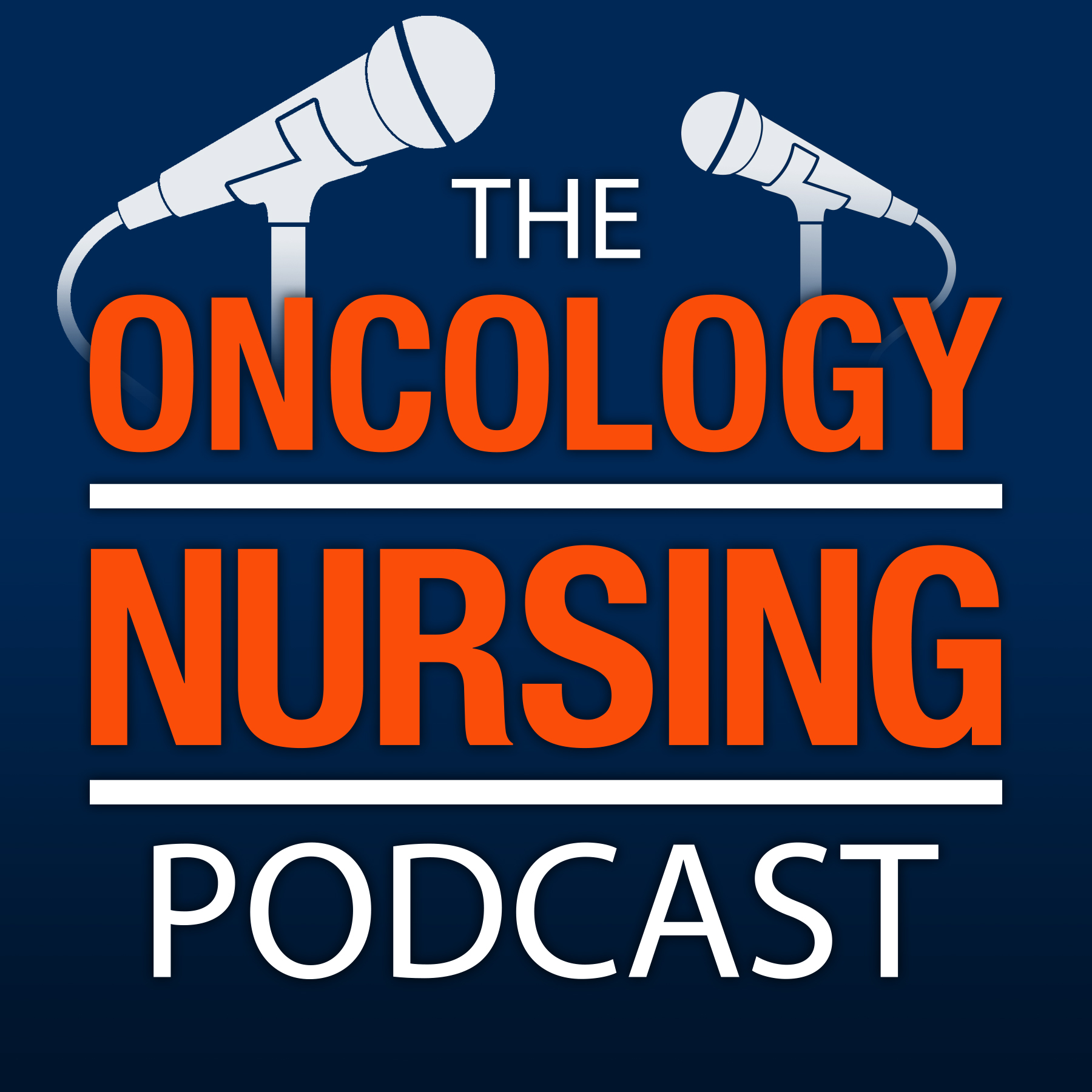
Shownotes Transcript
“We as oncology nurses have to understand who is this patient, where do they come from, and who is going to touch that patient, so that we can provide comprehensive, good care without these barriers, or at least to eliminate as many of these barriers as much as we can,” ONS member Idalina Colburn, RN, OCN®, ONN-CG, nurse navigator at the Dana-Farber Cancer Institute in Boston, MA, told Jaime Weimer, MSN, RN, AGCNS-BC, AOCNS®, oncology clinical specialist at ONS, during a discussion about nursing care considerations for patients with developmental disabilities and cancer. You can earn free NCPD contact hours after listening to this episode and completing the evaluation linked below. Music Credit: “Fireflies and Stardust)” by Kevin MacLeod Licensed under Creative Commons by Attribution 3.0 Earn 0.75 contact hours of nursing continuing professional development (NCPD) by listening to the full recording and completing an evaluation at myoutcomes.ons.org by March 3, 2025. The planners and faculty for this episode have no relevant financial relationships with ineligible companies to disclose. ONS is accredited as a provider of NCPD by the American Nurses Credentialing Center’s Commission on Accreditation. Learning outcome: The learner will report an increase in knowledge related to caring for patients with developmental disabilities and cancer. Episode Notes
Complete this evaluation for free NCPD). Colburn’s 44th Annual ONS Congress® ePoster: A Communication Tool to Assist With Coordination and Implementation of Cancer Care for Adults With Developmental Disabilities in Large Urban Medical Cancer Centers) American Society of Clinical Oncology articles: Developmental Disabilities, COVID-19, and Cancer: Creating a Model of Flexible Comprehensive Care) Autism and Cancer: Creating Comprehensive Solutions for Complex Needs)
Intellectual and Developmental Disabilities article: Are Researchers Addressing Cancer Treatment and Survivorship Among People With Intellectual and Developmental Disabilities in the U.S.? A Scoping Review) Journal of Pain and Symptom Management article: Cancer Pain in People With Intellectual Disabilities: Systematic Review and Survey of Health Care Professionals) Lancet Oncology article: Cancer Treatment Decision Making in Individuals With Intellectual Disabilities: A Scoping Literature Review) American Nurses Association book: Intellectual and Developmental Disabilities Nursing: Scope and Standards of Practice (third edition)) Oncodefi)
Highlights From Today’s Episode “Barriers for these patients could be significant or mild. The barriers are directly related to the severity of the limitation of the individual. If you have a patient who presents with a cancer diagnosis for treatment and they have a developmental or intellectual disability, but they are pretty high functioning, the barriers that they present with may be very different than that patient who is really low functioning and severely impaired.” Timestamp (TS) 04:50 “We always have to consider how we assess and coordinate care for this patient population. It requires excellent coordination and communication with other providers who are caring for this patient. But mostly reaching out to the community, involving the family or the other caregivers. We as oncology nurses have to understand who is this patient, where do they come from, and who is going to touch that patient, so that we can provide comprehensive, good care without these barriers, or at least to eliminate as many of these barriers as much as we can.” TS 12:21 “The goal would be patient-centered, safe oncology care for every patient who hits your chair with a developmental disability. The idea behind it is that it uses a multidisciplinary approach to care. So, it utilizes the team, including your social workers, nursing assistance, navigators, really anyone who is going to touch that patient within the medical team, but also involves the family and those community caregivers, and government or state programs that take care of these patients as well. So, we utilize all of those pieces in assessment and coordination of a specific care plan for these patients.” TS 18:40 “We would want to identify the strengths for a patient, understand the level of comprehension and communication of that specific patient, what potential behaviors we might be needing to think about, what are the medical commodities that we need to address, and also an assessment of the level of training needed to the caregivers. So that when a patient leaves our chemo chair, those caregivers are prepared to provide the level of care that that patient needs in the community.” TS 19:34 “Patient-centered care would also include things like environmental barriers. Part of that plan would be thinking about what do we need to do with our environment to make it conducive. So, things like making sure that the patient has the same nurse as much as possible, making sure that they’re not waiting in a waiting room and they’re going right into a chair, that there’s someone with them with their appointments whenever possible, that we allow extra time during those appointments. All of those things would be part of the care plan.” TS 20:21 “We as nurses are really in a prime position to advocate for this kind of level of care, to continue to educate ourselves. . . . I think that we can continue to make a difference, and I think community outreach is a great area that we need to do more of. And simply just educating ourselves and others and just talking about it.” TS 27:02